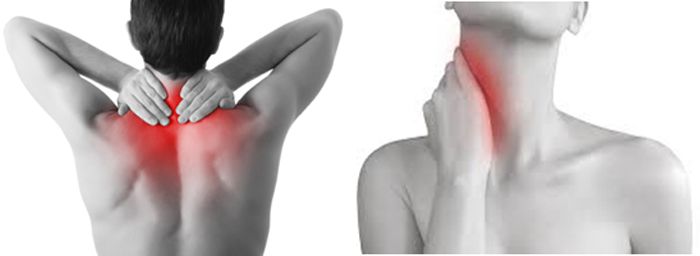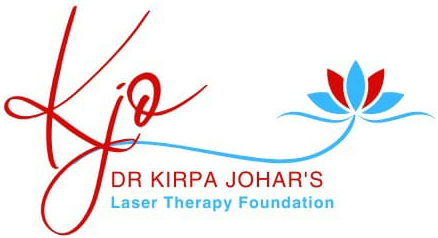What is Neck pain ?
Neck pain is a common complaint. Neck muscles can be strained from poor posture — whether it’s leaning into your computer at work or hunching over your workbench at home. Wear-and-tear arthritis also is a common cause of neck pain.
Rarely, neck pain can be a symptom of a more serious problem. Seek medical care if your neck pain is accompanied by numbness or loss of strength in your arms or hands or if you’re experiencing shooting pain into your shoulder or down your arm.

What Causes Neck Pain?
Neck Pain can result from a variety of causes, including:
Muscle strains
Overuse, such as too many hours hunched over a steering wheel, often triggers muscle strains. Even such minor things as reading in bed or gritting your teeth can strain neck muscles.
Worn joints
Just like all the other joints in your body, your neck joints tend to undergo wear and tear with age, which can cause osteoarthritis in your neck.
Nerve compression
Herniated disks or bone spurs in the vertebrae of your neck can take up too much space and press on the nerves branching out from the spinal cord.
Injuries
Rear-end auto collisions often result in whiplash injuries, which occur when the head is jerked backward and then forward, stretching the soft tissues of the neck beyond their limits.
Diseases
Neck pain can sometimes be caused by diseases, such as rheumatoid arthritis, meningitis or cancer.

Diagnosis
In diagnosing the cause of neck pain, it is important to review the history of the symptoms. Any past injury to the neck and past treatments are noted. Aggravating and/or relieving positions or motions are also recorded. The neck is examined at rest and in motion. Tenderness is detected during palpation of the neck. An examination of the nervous system is performed to determine whether or not nerve involvement is present.
Further testing of undiagnosed neck pain can include X-ray evaluation, CAT scan, bone scan, MRI scan, myelogram, and electrical tests such as electromyography (EMG) and nerve conduction velocity test (NCV).
Treatment
The treatment of neck pain depends on its precise cause. Treatment options include rest, heat or cold applications, traction, soft-collar traction, physical therapy (ultrasound, massage, manipulation), local injections of cortisone or anesthetics, topical anesthetic creams, topical pain-relief patches, muscle relaxants, analgesics, and surgical procedures.
Low Level Laser Therapy Treatment for Neck Pain
Low Level Laser Therapy (LLLT) is the application of red and near infrared light over injuries to stimulate cellular repair. LLLT has a powerful anti-inflammatory effect as well as a healing effect.
LLLT stimulates blood flow and lymphatic drainage, improved delivery of O2 and nutrition to the area, oxygen utilisation, removal of oxygen-free radicals and other waste products, and tissue healing.
LLLT treats the underlying cause of the injury unlike pain medication which just masks the pain.
You will be encouraged to move the affected area within range of movement/pain but not exert stretch or force during the healing phase.
The end result is resolution of inflammation and restoration of healthy tendons and local soft tissues. Once tissues are healed, pain is eliminated and normal range of motion and function is restored. Then muscle and tendon strength and flexibility can be addressed with graduated exercises and stretching.
LLLT has no known side effects, is safe and effective.
